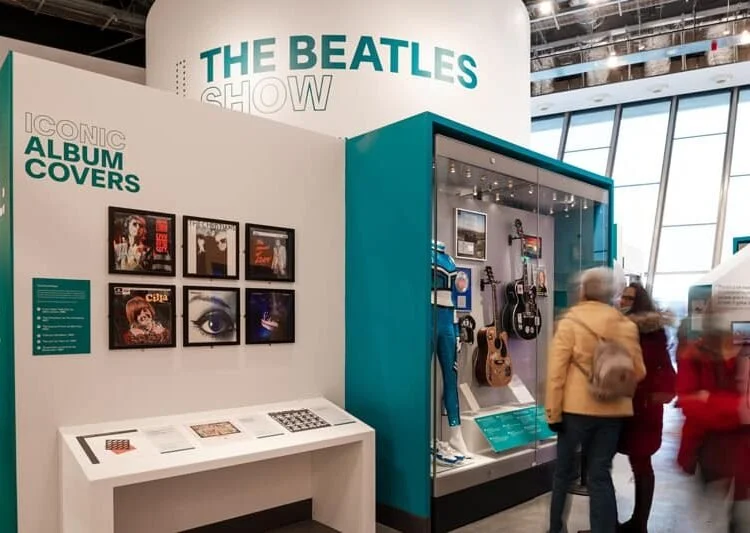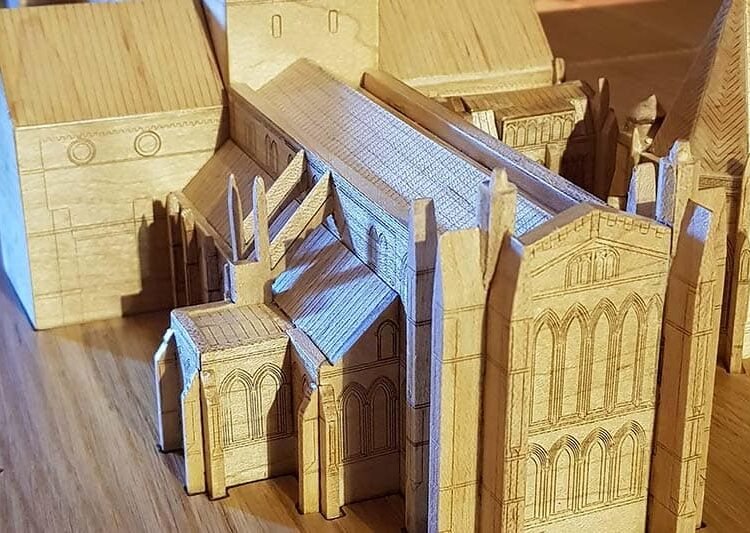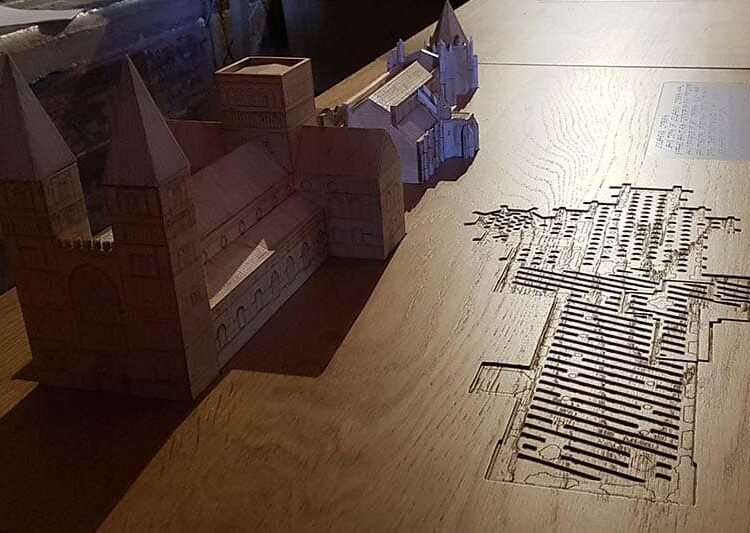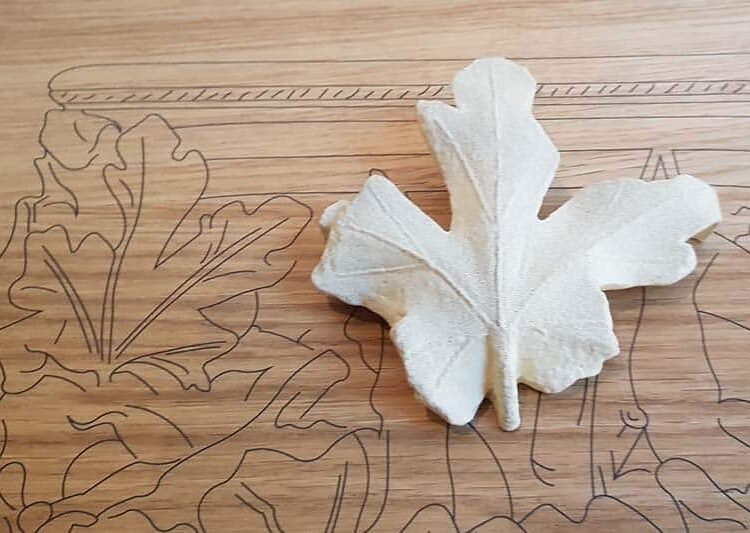Designing inclusive exhibits
Developing interactive exhibits is at the core of what we do at Unusual Projects, ensuring those exhibits are accessible to as many visitors as possible is a key consideration from the earliest stages of development through to final user testing.
We work with designers and client teams to help remove barriers to culture and learning, simple, early adaptions to design and finish can help widen an audience with minimal aesthetic and cost change. Increasing the accessibility of interactive exhibits has a wide range of benefits to Museums and Science Centres beyond the obvious; increasing visitor numbers, customer satisfaction and dwell time.
Beyond the basics of DDA requirements, there are many simple adjustments that can be made to exhibits to widen their usability. Adjustable heights, different textures of finishes, tactile features are all simple adjustments which enhance the interactive exhibit for all visitors. We strive the create a wide range of experiences in any gallery which will allow visitors with diverse needs to participate and enjoy as many exhibits as possible, always being mindful that loud noises, bright flashing lights, or sudden movements might be challenging for some visitors, and that calm spaces with focused activities are equally important.
Image copyright: Museum of Liverpool | Pete Carr
Recent projects we have completed which had accessibility at the forefront were National Museums Liverpool, Wonderous Place Gallery and Southwell Minster tactile models.
The Wonderous Place Gallery is all about celebrating Liverpool’s trailblazing entertainers and musicians. We worked closely with the client team to reproduce three tactile album covers from iconic Merseyside bands, these were supported with Braille (supplied by the RNIB) and non-Braille interpretation panels.
“When we reinstated the Wondrous Place Gallery we knew that, as a 10-year-old gallery, it already had a legacy to honour. This legacy is one of inclusion, equality and pride very much the spirit of the city that inspired the creation of the galley in the first place. The stories that Wondrous Place presents belong to all, and to make sure of that we increased our accessibility to those stories through clever design. Visitors can find tactile album covers with interpretation in Braille that marked the history of music in Liverpool, as well as many other stories through all senses.”
Andrea Campomanes Senior Exhibitions Officer, Museum of Liverpool
Working with Southwell Minster & Studio Eger we developed and built a series of tactile models which enable visitors to understand the size and scale of the Minster, chronological sequencing of the build phases and also to handle exact replicas of the detailed stonework features for which the Minster is famed.
“We worked with the access consultant and client, including user groups, to create a very accessible approach at the Cathedral, with interpretation that offers choice and flexibility to engage people and establish inclusive options. The Leaves of Southwell project strapline is “where medieval stone meets living nature”, which resonates with the project ambition to connect with as many people as possible.”
Helen Eger – Studio Eger
Museums and science centres provide visitors with amazing opportunities to learn in a fun and engaging way. Accessibility should always be a key consideration at the early stages of a project, not a bolted on after thought, to enable all visitors to experience science and history in an inclusive way.




